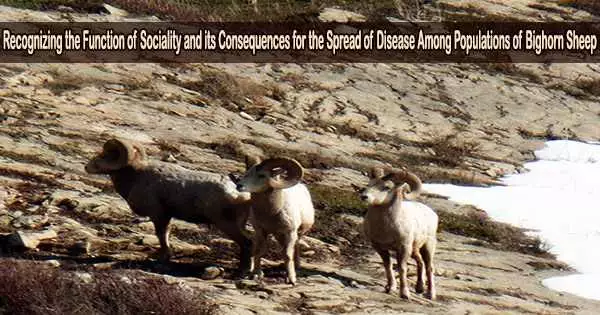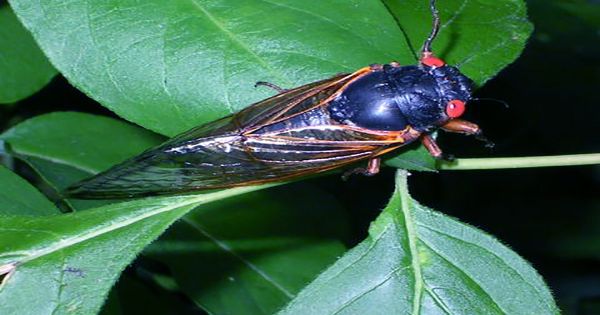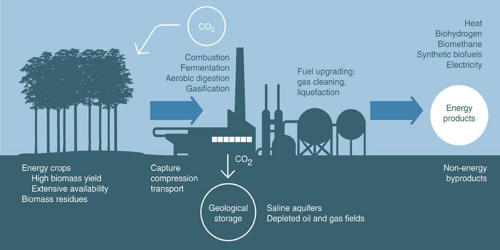In the lives of many animal species, sociality is crucial because it affects illness susceptibility, survival rates, and mate choice. Bighorn sheep populations live in a harsh environment, and sociality is thought to have evolved there for fitness reasons.
However, the complex trade-off between the negative and positive effects of sociality might alter at different dimensions, leading to various interpretations of animal behavior.
New research, titled “Bighorn sheep associations: understanding tradeoffs of sociality and implications for disease transmission,” has been published in PeerJ Life & Environment.
The study, conducted by the U.S. Geological Survey and National Park Service and led by Marie Tosa, now with Oregon State University, explores the intricate relationship between social behavior, disease transmission, and survival rates among bighorn sheep (Ovis canadensis).
Understanding the variables affecting bighorn sheep direct contact rates in close proximity to the Waterton-Glacier International Peace Park was the main goal of the study. The study took into account both extrinsic characteristics like land cover type and season as well as intrinsic factors like relatedness and age. Bighorn sheep were fitted with GPS collars between the years of 2002 and 2012 to track their interactions and movements.
The researchers discovered significant barriers in the bighorn sheep population through the examination of direct contact networks, which correlated with earlier illness exposure measures. It’s interesting to note that same-sex dyads and female-male dyads had greater direct contact.
Furthermore, it was discovered that bighorn groups with overlapping summer home ranges had higher direct contact rates.
The study found that direct encounters were most frequent in the winter and spring, which coincided with the time when bighorn sheep moved slowly and there were enough collared sheep present.
Additionally, places with increased predation risk had higher association probabilities, demonstrating the impact of survival-related factors on contact probabilities.
Importantly, the study revealed a direct connection between habitat quality and the likelihood of direct contact. Bighorn sheep dyad contact probabilities varied significantly across different groups, and the main drivers of these changes were found to be terrain harshness, distance to escape terrain, and canopy cover.
Tosa emphasizes the value of contact analysis in understanding the fitness trade-offs of sociality and the possibility of disease transmission across populations of bighorn sheep. The results offer insightful understandings into the fragile equilibrium of social behavior and disease dynamics in difficult situations.
The study increases our knowledge of bighorn sheep relationships while also advancing views on the function of sociality in the dynamics of wild population sizes.
It draws attention to the complex web of relationships that exist between animals and their surroundings and emphasizes the significance of conservation efforts in protecting wildlife populations and reducing illness risks.
















